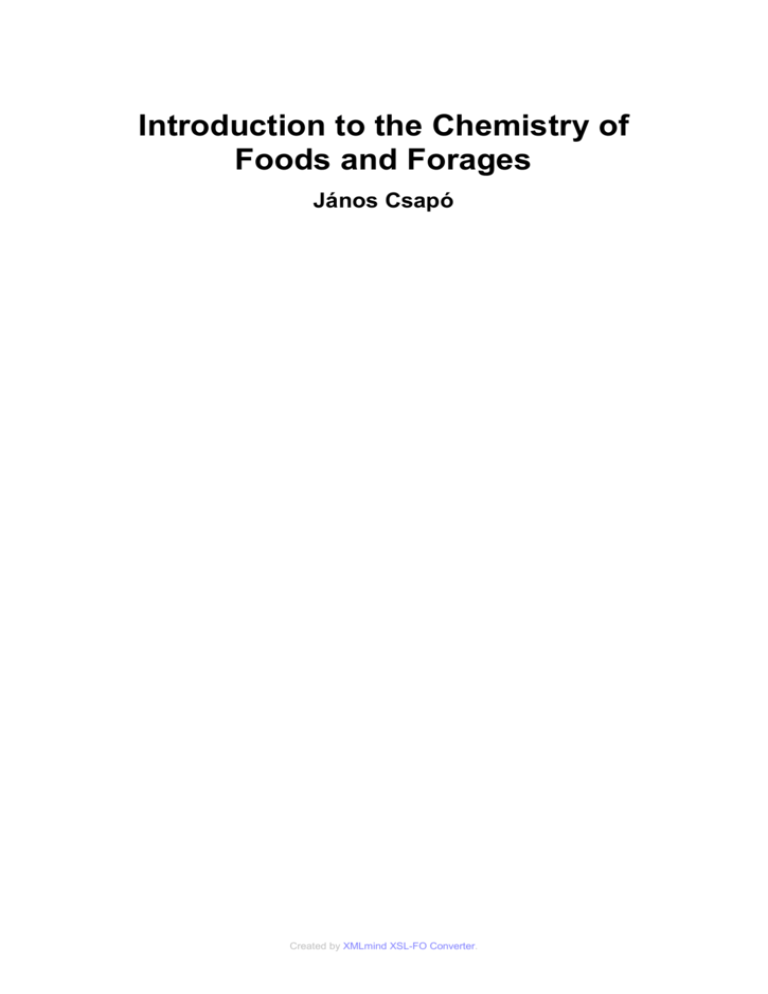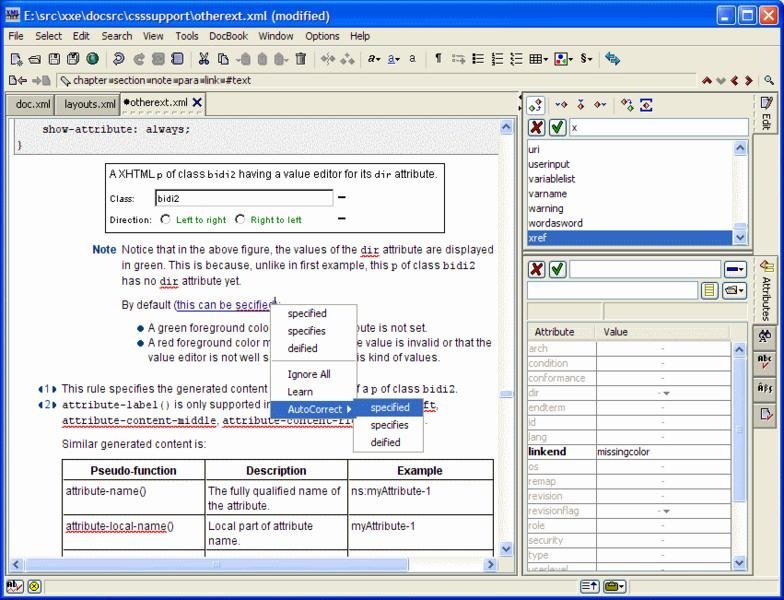

The experimental portal that was built remains publicly accessible. The genesis of the experiment, a brief description of experiment objectives and XML schemas used, and descriptions of data provider, tool, and service provider implementations are outlined below. Four data providers, one tool provider, and one OAI service provider participated in the experiment Indiana University, Northwestern University, the Chicago Historical Society, Tufts University, the University of Virginia (UVa), and the University of Illinois at Urbana-Champaign (UIUC). This article reports on a prototyping and demonstration experiment carried out by the DLF Aquifer Technology/Architecture Working Group.
#XMLMIND FO CONVERTER FULL#
Tourte, for example, describes how such variability hampered development of a Web service reliant on harvested metadata records to locate, harvest, and analyze full text of ePrints resources. This can create frustrations for end-users and difficulties for service providers wanting to provide more sophisticated services. However, experience has shown wide variation in what metadata-embedded URLs link to and in the ways in which URLs are included in harvestable metadata records. For use models where the main objective is discovery, undifferentiated generic URLs may be adequate. Missing from such schemas is a way to indicate precisely to what view, version, or part of a resource the included URLs link. Ubiquitous descriptive metadata formats such as unqualified Dublin Core (DC) allow data providers to include in each harvestable metadata record one or more URLs pointing to a resource.
#XMLMIND FO CONVERTER ARCHIVE#
Initially, most service provider implementations of the Open Archive Initiative Protocol for Metadata Harvesting (OAI-PMH) focused on cross-repository search and discovery functionality.

#XMLMIND FO CONVERTER HOW TO#
Results illustrate the potential of asset actions and support the need for further work at the community level to define and model actionable URLs for different classes of resources, and to develop agreements on how to label and convey these URLs in concert with descriptive metadata. It was even possible to overlay for use with this widely dispersed content a locally developed digital object collector tool from the University of Virginia. With predictable retrieval, advanced features such as thumbnail result displays, image annotation and manipulation, and advanced book bag functions are possible. By having for all images a consistent set of well-labeled URLs (e.g., pointing to thumbnails, in-context presentations of images on data provider's Website, or medium and high resolution views), the service provider was able to insure consistent results across repositories of content from multiple institutions. The experiment dealt specifically with digital image resources. This article reports on an experiment carried out by the Digital Library Federation (DLF) Aquifer Technology/Architecture Working Group to demonstrate the utility of harvestable metadata records that include multiple typed actionable URLs ("asset actions").

There is a growing recognition among OAI service providers that this can create access problems and can limit range of services offered. Metadata records harvested using the Open Archives Initiative Protocol for Metadata Harvesting (OAI-PMH) are often characterized by scarce, inconsistent and ambiguous resource URLs.


 0 kommentar(er)
0 kommentar(er)
